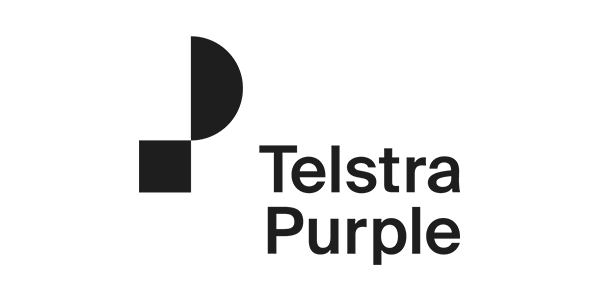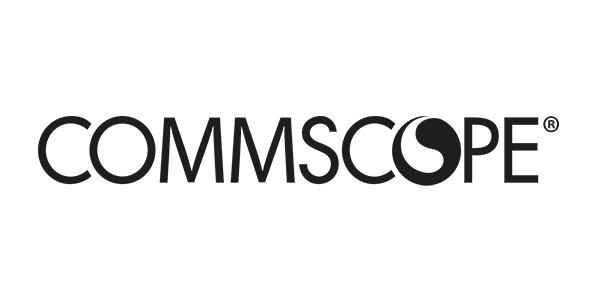Four great story structures for blog posts
Continuing our blog writing series, we take a look at four of the most popular blog story structures that you can use. We examine inverted pyramid, interviews, how-to, and list-based posts in detail.
1. The inverted pyramid
The power of the pyramid calls across the centuries. As does the inverted pyramid story structure. This is the structure you often find in news reporting, with the most important information (Who, What, Where, Why, etc) presented at the beginning of the story and expanded upon in subsequent paragraphs.
The idea behind it is that you can stop reading at any point and still get the gist. In his seminal 1918 work The Elements of Style, William Strunk explained why it works:
“Vigorous writing is concise. A sentence should contain no unnecessary words, a paragraph no unnecessary sentences, for the same reason that a drawing should have no unnecessary lines and a machine no unnecessary parts. This requires not that the writer make all his sentences short, or that he avoid all detail and treat his subjects only in outline, but that he make every word tell.”
Strong paragraphs, good layout and impactful sentences help readers stay focused. The inverted pyramid structure helps you articulate what you want to say with increasing depth and clarity, starting with the gist and extending into the detail. Readers should feel they are learning more with each paragraph they pass through.

2. Interviews
Interviews make great content. People seek the kind of insight you get when you ask smart people relevant questions.
Think about people in your industry and contact them to propose an interview, in person, over the phone or even by email. (Don’t forget, video content is extremely popular, so if you film the interview you can publish that to add to the value of your blog).
Before you conduct an interview, think: What questions do you want the piece to answer? Once you’ve spoken with that person, you’ll have a record of what was discussed.
We suggest three approaches to writing up an interview below. In each case, your report should begin with an exciting first statement in which you summarize the story and present your interviewee(s), explaining why their thoughts should matter to the reader.
The body of the piece should build on that initial theme. Just like any other form of content, headlines, images, supporting facts and contextual information remain vital tools with which to maintain reader attention.
Three approaches to writing up an interview
1. Q&A format
You use only exact quotes and include exact quotes in sequential format. The format is particularly suited to interviews with one person and it is frequently found in magazines.
2. Narrative format
In this approach you use the person’s words, add quotes, and can include your own thoughts. Another approach is to bring in supporting facts and analysis and populate this with insights and the best answers from your interviewee.
3. Conversational format
This is a little more relaxed and anecdotal – see it as like a news report that talks about the conversation, includes the best elements of the chat, and can be written in first or second person. For example, “He was wearing his trademark blue costume with an ‘S’ on the front when we sat down to talk. Grinning slightly, he leaned over and asked me, “So, when were you last in Metropolis?”
3. Writing an “How To” blog
At their best, journalists like to believe they write to inform, educate and entertain. Blogs that explain how to solve problems and how to get things done are all about helping readers solve real problems.
It’s really important to be specific with these. If you are writing a story about how to grow onions, focus only on that topic.
Look online and you’ll see most How To blogs are clearly sign-posted in step-based sequences, with helpful illustrative images to show the process. Many include video, and there’s a reason: because video can increase the conversion by 85%.
Keep “How To” blogs simple and focused:
1. Write a clear headline.
2. Describe the problem and what the reader will learn in the first sentence.
3. Write a clear step-by-step approach, with sub-headings and images.
4. You can add information about what to do in more exceptional circumstances later in the piece.
5. End your piece with some way readers can ask for more help.
4. List-based posts
Many writers like lists. That is because lists help articulate complex ideas in structured, easy to understand sentences that resonate more powerfully than endless blocks of prose. Search engines reward good lists with traffic, which helps make your blog more discoverable, so more people read what you write.
Just like everything else you publish, if you want to build a relationship with your readers using any other story structure, you must ensure what you write is accurate, well-researched and useful. You must always keep the promise you make in your headline. So, if you offer ‘5 reasons lists work well’, you’d better be certain that’s what your list delivers, if you want your readers back.
5 reasons lists work well
1. Lists stand out. A widely-cited Conductor survey found that people prefer numbered list headlines over any other kind of headline.
2. Lists are quick to scan. Readers can visit the page, scan the list, and decide if they want to stay. Your job is to persuade them that they do.
3. The human brain resonates to lists. Humans want order and organization. We have a cognitive and neuropsychological preference for lists. We’re wired for lists.
4. A well-researched list implies authority. If the content of your list resonates with what readers already know, then credibility grows. Readers who feel they will learn something will want to read the entire article.
5. Lists are easy to read. Well-curated lists are useful, too. In an attention economy, people have limited time and want to optimize what they learn by acquiring information in list-sized chunks.
Find out more
Our next blog will look at how you can choose what to write. Stay tuned for more.
If you want to read more about blogging now, check out our 8 rules for better blog writing, and our thoughts on the length of a blog.
Contact us at [email protected] if you like our experts to help you with your blogging program.

![Create the ideal white paper in eight weeks [infographic]](https://www.futuritymedia.com/wp-content/uploads/2020/02/Futurity-Whitepaper-Timeline-Graphic-v6-header.jpg)

![New to ABM? Follow these 5 steps to drive complex sales [UPDATED]](https://www.futuritymedia.com/wp-content/uploads/2023/04/shutterstock_1225782988.jpg)



















